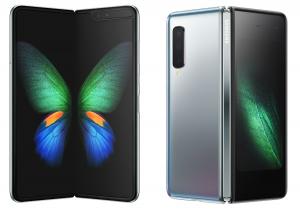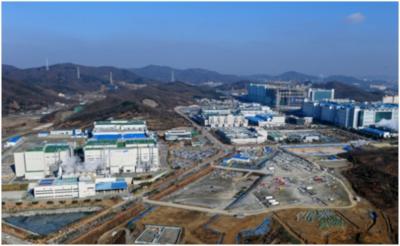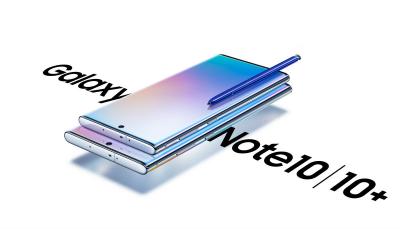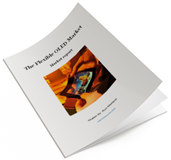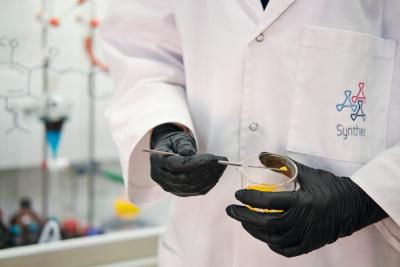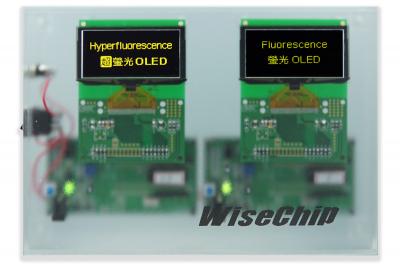Google announces its latest Pixel smartphones with OLED displays
Update: Google has removed the P-OLED brand name from their web site - this could have been a mistake, and now we do not know whether these are LGD's displays or not.
Google announced its fourth-generation Android smartphone, the Google Pixel 4, that features a 90Hz 5.7" 1080x2280 (444 PPI) OLED. The Pixel 4 XL features a larger 90Hz 6.3" 1440x3040 (537 PPI) AMOLED display.
![]()
Display measurement experts DisplayMate reviewed the display and found that it is a state-of-the-art flexible OLED display that sets or matches several records, including the highest absolute color accuracy, the lowest screen reflectance and the smallest brightness variation with viewing angle.


